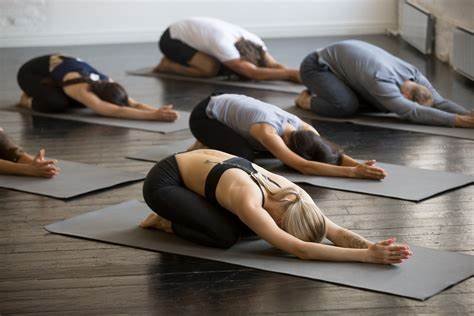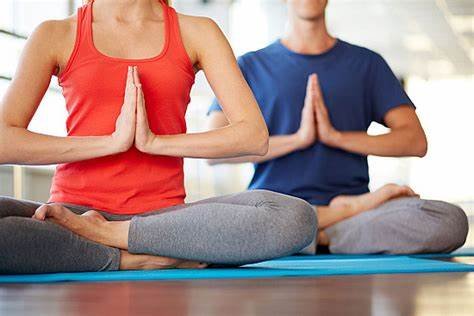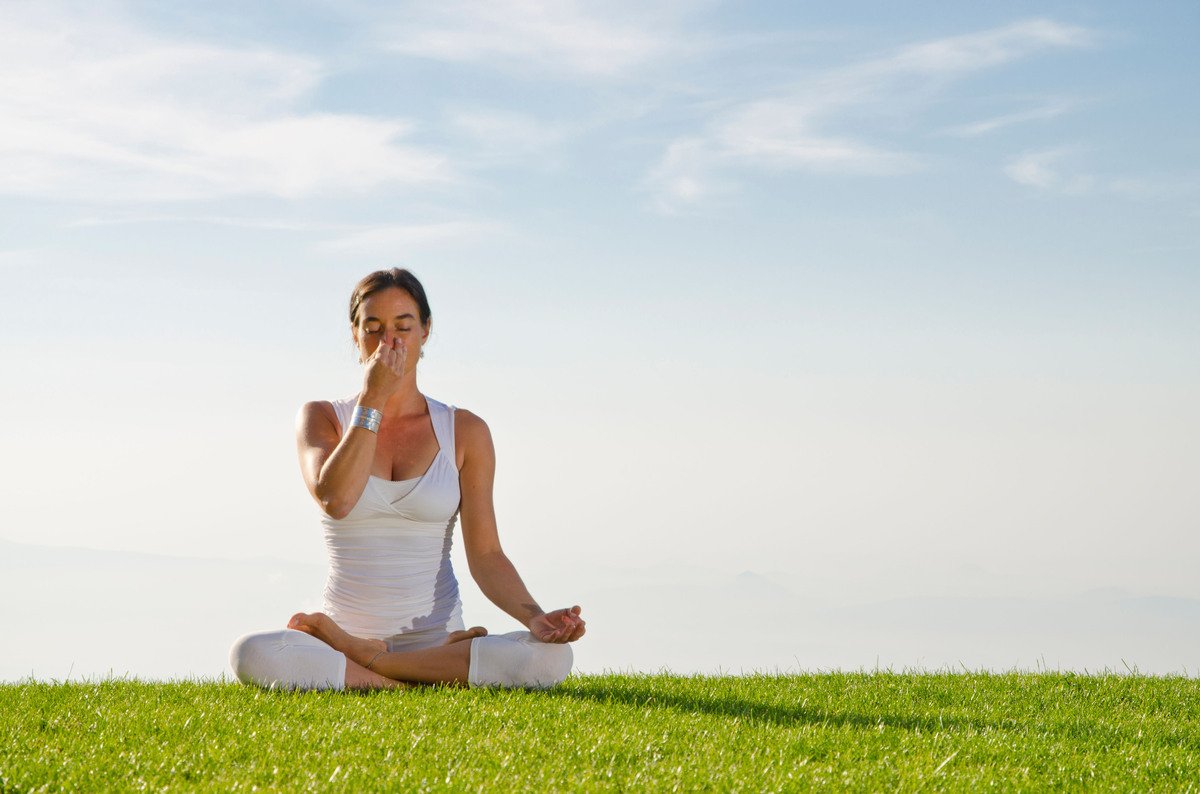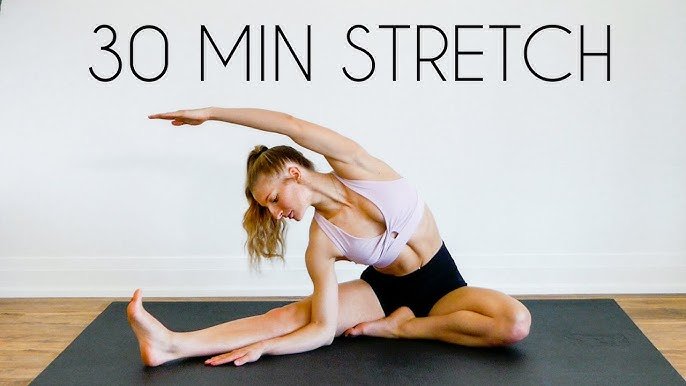Yoga is a holistic practice that promotes body wellness through physical postures, breath control, meditation, and ethical principles. Whether you’re a beginner or looking to deepen your practice, yoga offers numerous benefits for physical and mental health. Here’s a comprehensive guide on how to get started with yoga for body wellness.
1. Understand the Benefits of Yoga
Before diving into yoga, it’s essential to recognize the multitude of benefits it can bring to your life:
Physical Benefits
- Increased Flexibility: Regular practice helps improve flexibility, reducing the risk of injury.
- Enhanced Strength: Many poses build strength in various muscle groups, contributing to overall fitness.
- Better Posture: Yoga promotes awareness of body alignment, leading to improved posture and reduced back pain.
Mental Benefits
- Stress Reduction: The focus on breath and mindfulness helps reduce stress and anxiety levels.
- Improved Focus: Yoga encourages mental clarity and concentration, enhancing cognitive function.
- Emotional Balance: Regular practice can lead to greater emotional stability and resilience.
2. Choose the Right Style of Yoga
There are various styles of yoga, each offering unique approaches and benefits. Consider the following popular styles to find the one that resonates with you:
Hatha Yoga
- A gentle introduction to yoga, focusing on basic postures and breath control.
- Ideal for beginners seeking a slower pace.
Vinyasa Yoga
- A dynamic style that connects breath with movement, flowing through sequences of poses.
- Great for those who enjoy a more active practice.
Yin Yoga
- A slower-paced style that involves holding poses for longer durations, targeting deep connective tissues.
- Excellent for enhancing flexibility and relaxation.
Restorative Yoga
- Focuses on relaxation and gentle stretching, using props to support the body.
- Perfect for stress relief and recovery.
3. Set Up Your Practice Space
Creating a conducive environment for your yoga practice can enhance your experience:
Find a Quiet Space
- Choose a calm, quiet area where you can practice without distractions.
- Ensure the space is clean and comfortable.
Gather Necessary Equipment
- Yoga Mat: Invest in a good-quality mat for stability and cushioning.
- Props: Consider using blocks, straps, and blankets to support your practice, especially if you’re a beginner.
4. Start with Basic Poses
Begin your yoga journey by learning some foundational poses. Here are a few essential poses to start with:
Mountain Pose (Tadasana)
- Stand tall with feet hip-width apart, arms at your sides.
- Engage your core, lift your chest, and ground through your feet.
Downward-Facing Dog (Adho Mukha Svanasana)
- From all fours, tuck your toes and lift your hips, forming an inverted V shape.
- Press your heels toward the ground and relax your head between your arms.
Warrior I (Virabhadrasana I)
- Step one foot back and bend the front knee, keeping the back leg straight.
- Raise your arms overhead, gazing forward to enhance strength and stability.
Child’s Pose (Balasana)
- Kneel on the mat and sit back on your heels, extending your arms forward on the floor.
- Relax your forehead on the mat and breathe deeply.
5. Focus on Breath Awareness
Breath control is a vital aspect of yoga. Incorporate breath awareness into your practice:
Practice Deep Breathing
- Inhale deeply through your nose, expanding your diaphragm, and exhale fully.
- Use breath to guide your movements, coordinating inhalations with upward movements and exhalations with downward movements.
Explore Pranayama Techniques
- Try simple pranayama (breath control) techniques like Ujjayi Breathing, which involves slightly constricting the throat to create an audible breath.

6. Consider Joining a Class or Online Program
Joining a yoga class or following an online program can provide guidance and structure as you start your practice:
Local Classes
- Look for classes at local yoga studios, gyms, or community centers.
- Attending classes can offer personalized feedback and support from instructors.
Online Resources
- Explore platforms like YouTube, yoga apps, or subscription services that offer guided classes for various levels.
- This flexibility allows you to practice at your own pace and convenience.
7. Listen to Your Body
As you embark on your yoga journey, it’s crucial to listen to your body and honor its limits:
Be Mindful of Your Limits
- Don’t push yourself into uncomfortable positions; instead, focus on alignment and breath.
- If you experience pain or discomfort, modify the pose or take a break.
Cultivate Patience
- Progress in yoga takes time; celebrate small achievements along the way.
- Be patient with yourself and enjoy the journey of growth and exploration.
8. Incorporate Yoga into Your Routine
To experience the full benefits of yoga, aim to incorporate it into your regular routine:
Set a Consistent Schedule
- Designate specific days and times for your practice, whether it’s daily or a few times a week.
- Consistency is key to building strength, flexibility, and mindfulness.
Integrate Yoga Beyond the Mat
- Use yoga principles in your daily life, such as practicing mindfulness during daily activities or taking deep breaths in stressful situations.
Conclusion
Starting a yoga practice can significantly enhance your body wellness, offering both physical and mental benefits. By choosing the right style, setting up a suitable practice space, and committing to regular practice, you can cultivate a fulfilling yoga journey. Remember to be patient, listen to your body, and enjoy the transformative experience that yoga offers.




